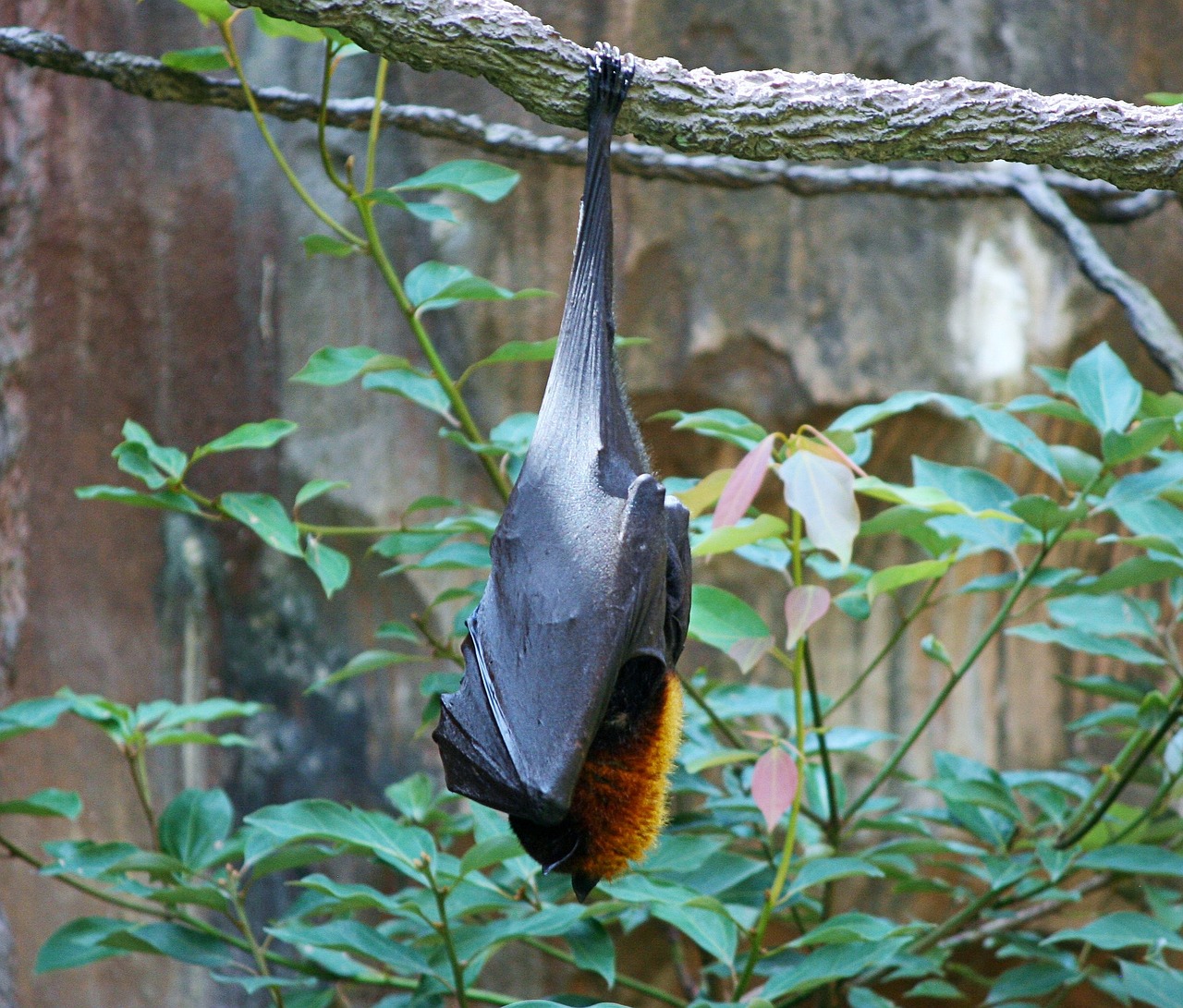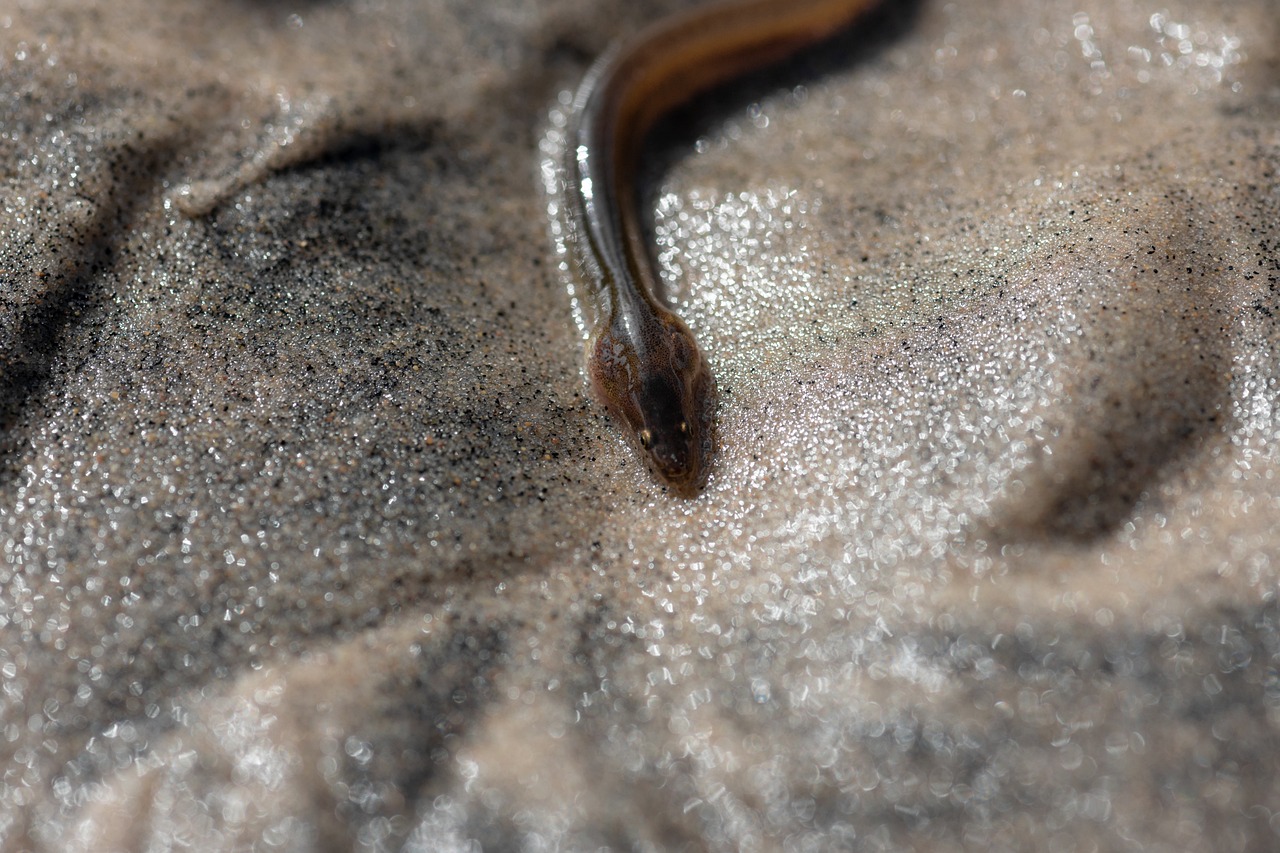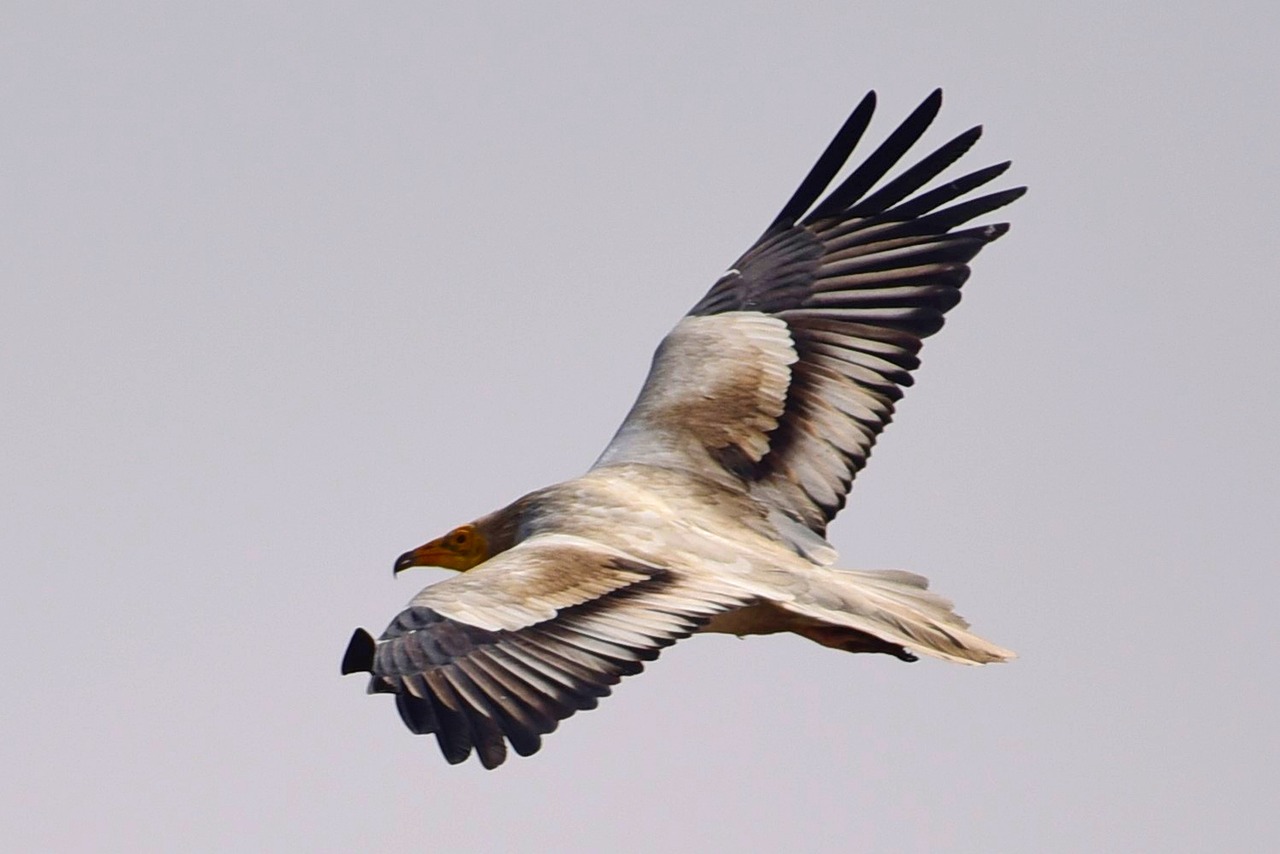
Migratory behaviour is found in all major taxonomic groups of animals, including mammals, birds, reptiles, amphibians, fish and insects. The reasons why animals migrate are complex and can be driven by a combination of factors, including tracking of seasonal resources and favourable climatic conditions, and seeking optimal breeding sites. While many animal migrations occur in a regular and predictable pattern, some animal migrations can happen irregularly over longer timeframes, depending on the species and their specific ecological requirements.
Some species, such as sea turtles, undertake long solitary migrations, while others migrate collectively in vast numbers. Within species and populations, there can also be variation in migratory behaviour, with some populations or individuals that are resident in parts of the species’ range and others that undertake long-distance migrations.
Along their migration routes, migratory species provide vital benefits for people, from pollination of crops to supporting sustainable livelihoods. People around the world are reliant on these species as sources of food, income and enjoyment.
Within ecosystems, migratory species perform a variety of crucial functions, ranging from the large-scale transfer of nutrients between environments to the positive impacts of grazing animals on grassland biodiversity.
Migratory animals are essential components of the ecosystems that support all life on Earth. Globally, billions of individual animals embark on migratory journeys each year, connecting distant continents, countries and habitats through their migration routes. Migratory species are of ecological, economic and cultural importance.
Migratory species are also valuable indicators of overall environmental health: trends in the conservation status and behaviour of migratory species can indicate the state of habitats along entire migration routes.
Declines in the abundance of migratory species may result in the loss of important functions and services. Conserving migratory species can also support the continued resilience of ecosystems in the face of a changing environment, including by mitigating climate change impacts. Emerging research on this theme is summarized within a recent review of ‘Climate Change and Migratory Species: A Review Of Impacts, Conservation Actions, Ecosystem Services And Indicators‘.
The following illustrative examples showcase the importance of migratory species to ecosystems and society:
Bats pollinate flowers and disperse seeds

Nectar-feeding and fruit-eating bats perform important ecosystem functions of pollination and seed dispersal. Bat pollination occurs in at least 528 species of flowering plants, and bats are involved in the propagation of cashew, mango, papaya, passionfruit and numerous species of fig (Ficus) used for rubber, timber, paper, fibres and medicine. Large colonies of the Straw-coloured Fruit Bat (Eidolon helvum) are known to play a role in the dispersal of Iroko (Milicia), an economically important timber; however, this species is threatened by deforestation and hunting for wild meat. Currently, more than 50 bat species are listed in the CMS Appendices, and all European bats are afforded additional protection under the EUROBATS CMS Agreement.
The European Eel plays an important role in freshwater food webs

The Critically Endangered European Eel (Anguilla Anguilla) undergoes the longest and most complex migration of any freshwater eel, with the first direct evidence of its journey from the Atlantic coast of Europe to the Sargasso Sea to spawn published in 2022. The species historically represented over 50% of fish biomass in most European freshwater environments, and therefore played an important role in the freshwater food web and ecosystem functioning9. However, European Eel juvenile recruitment has declined by 95% since the 1980s due to a series of threats ranging from barriers to migration to overexploitation during its early life stages.
Cultural importance of migratory birds

Migratory species have held cultural significance throughout human history, inspiring art, music and literature. Migratory birds, in particular, have been associated with journeys, new beginnings, and the coming of seasons. Heralding the start of spring, the Egyptian Vulture (Neophron Percnopterus) signals a good omen for health and productivity4, while the arrival of the White Stork (Ciconia Ciconia) is considered a widespread symbol of birth and prosperity. Bird migrations play essential roles in many traditions and practices. The migration of the Black-necked Crane (Grus Nigricollis) in south and southeast Asia, for example, has sacred symbolic meaning in Buddhist culture. The cultural significance of species can often help to encourage conservation efforts; for example, the importance of the Andean Condor (Vultur Gryphus) to Indigenous Peoples and local communities in South America has led to their participation in species recovery and awareness programmes.
…to continue
(Excerpts from State of the World’s Migratory Species published by the Convention on the Conservation of Migratory Species of Wild Animals)
– global bihari bureau





